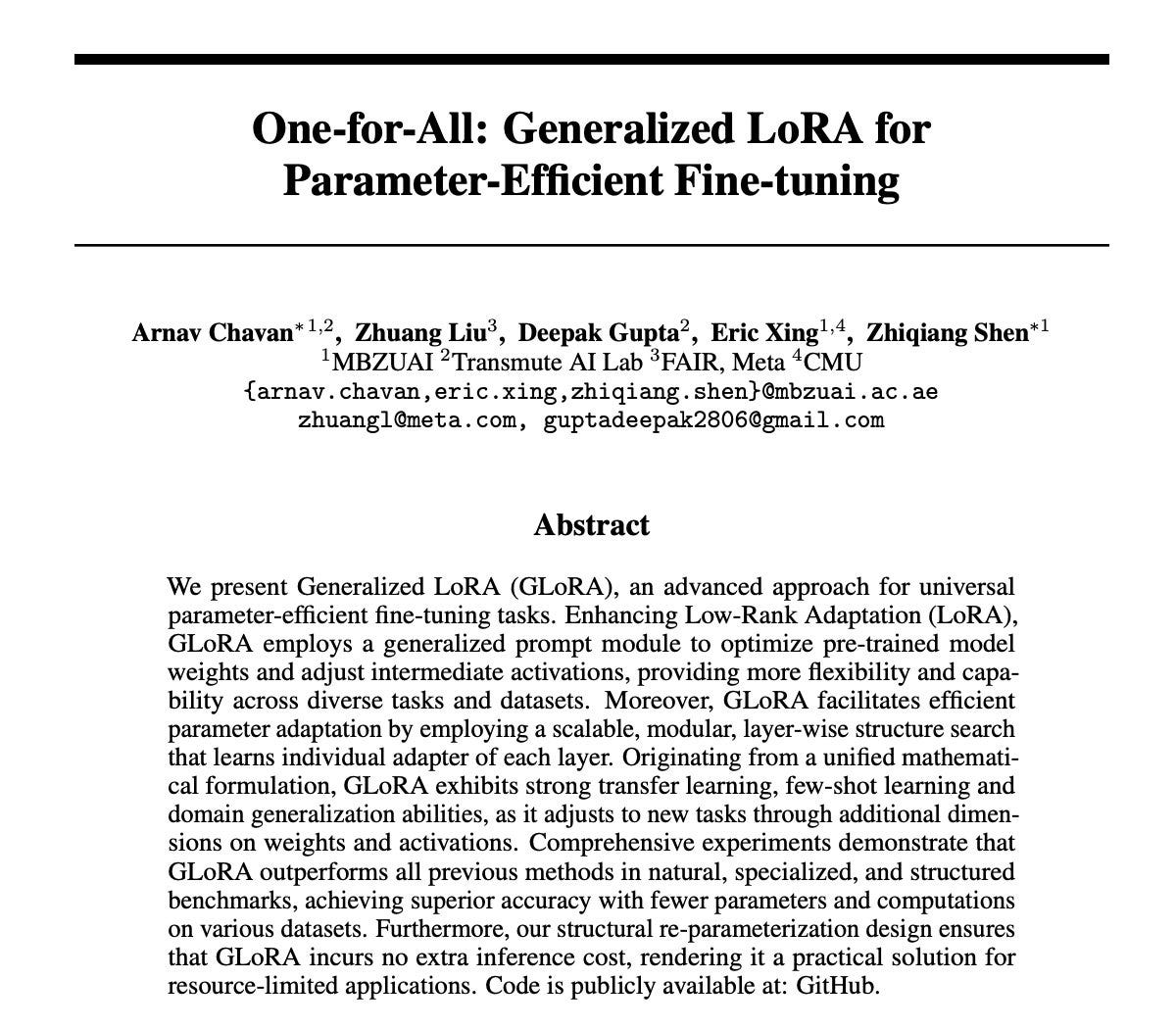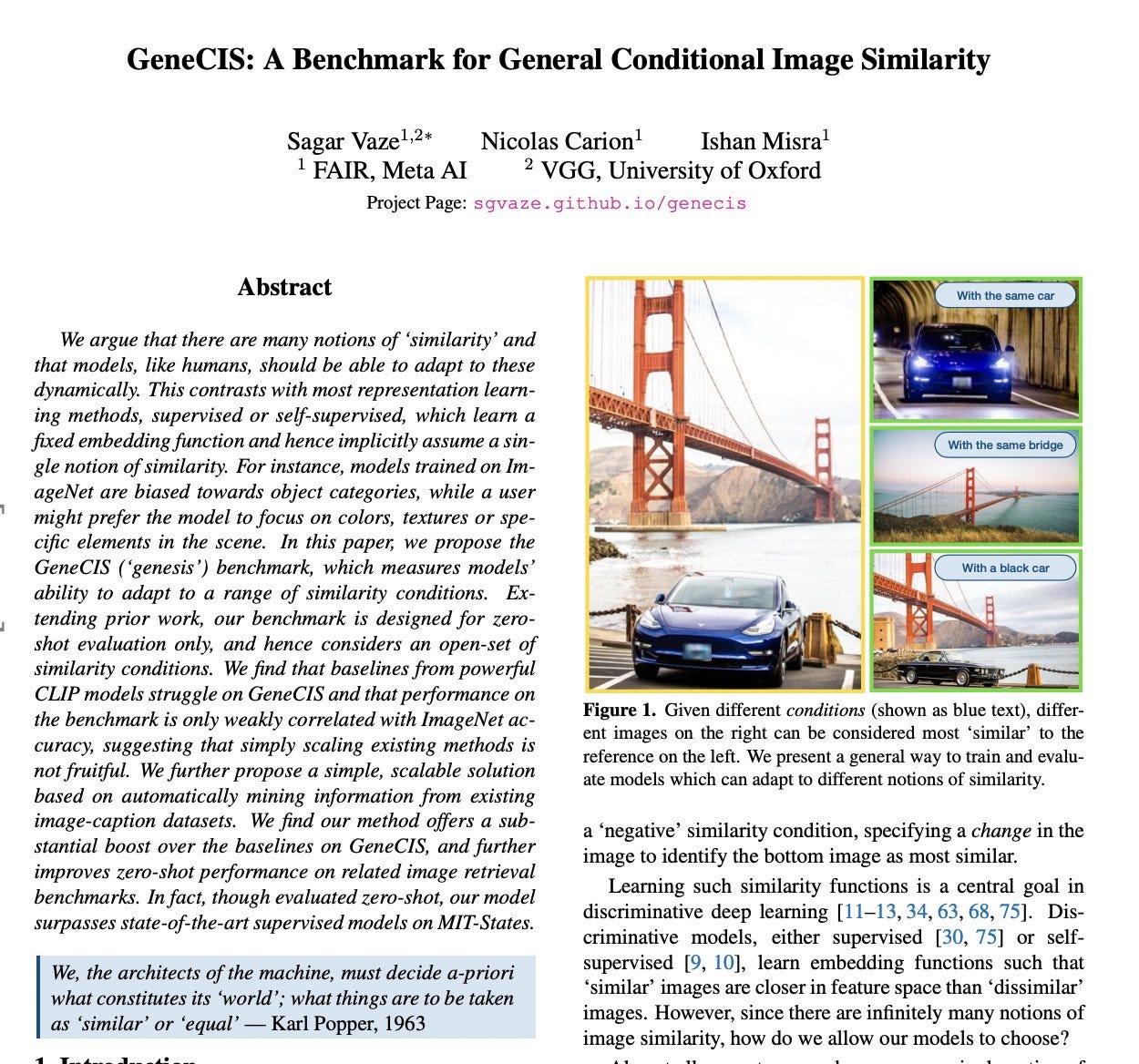Top AI news stories
Europe moves ahead on AI regulation, challenging tech giants’ power
The economic potential of generative AI: The next productivity frontier
OpenAI intros new generative text features while reducing pricing
Transformers Agents 🤗 got a massive overhaul in version 4.30
Top AI papers
Rerender A Video: Zero-Shot Text-Guided Video-to-Video Translation
paper page: https://huggingface.co/papers/2306.07954
abstract: Large text-to-image diffusion models have exhibited impressive proficiency in generating high-quality images. However, when applying these models to video domain, ensuring temporal consistency across video frames remains a formidable challenge. This paper proposes a novel zero-shot text-guided video-to-video translation framework to adapt image models to videos. The framework includes two parts: key frame translation and full video translation. The first part uses an adapted diffusion model to generate key frames, with hierarchical cross-frame constraints applied to enforce coherence in shapes, textures and colors. The second part propagates the key frames to other frames with temporal-aware patch matching and frame blending. Our framework achieves global style and local texture temporal consistency at a low cost (without re-training or optimization). The adaptation is compatible with existing image diffusion techniques, allowing our framework to take advantage of them, such as customizing a specific subject with LoRA, and introducing extra spatial guidance with ControlNet. Extensive experimental results demonstrate the effectiveness of our proposed framework over existing methods in rendering high-quality and temporally-coherent videos.
AniFaceDrawing: Anime Portrait Exploration during Your Sketching
paper page: https://huggingface.co/papers/2306.07476
abstract: In this paper, we focus on how artificial intelligence (AI) can be used to assist users in the creation of anime portraits, that is, converting rough sketches into anime portraits during their sketching process. The input is a sequence of incomplete freehand sketches that are gradually refined stroke by stroke, while the output is a sequence of high-quality anime portraits that correspond to the input sketches as guidance. Although recent GANs can generate high quality images, it is a challenging problem to maintain the high quality of generated images from sketches with a low degree of completion due to ill-posed problems in conditional image generation. Even with the latest sketch-to-image (S2I) technology, it is still difficult to create high-quality images from incomplete rough sketches for anime portraits since anime style tend to be more abstract than in realistic style. To address this issue, we adopt a latent space exploration of StyleGAN with a two-stage training strategy. We consider the input strokes of a freehand sketch to correspond to edge information-related attributes in the latent structural code of StyleGAN, and term the matching between strokes and these attributes stroke-level disentanglement. In the first stage, we trained an image encoder with the pre-trained StyleGAN model as a teacher encoder. In the second stage, we simulated the drawing process of the generated images without any additional data (labels) and trained the sketch encoder for incomplete progressive sketches to generate high-quality portrait images with feature alignment to the disentangled representations in the teacher encoder. We verified the proposed progressive S2I system with both qualitative and quantitative evaluations and achieved high-quality anime portraits from incomplete progressive sketches. Our user study proved its effectiveness in art creation assistance for the anime style.
One-for-All: Generalized LoRA for Parameter-Efficient Fine-tuning
paper page: https://huggingface.co/papers/2306.07967
abstract: We present Generalized LoRA (GLoRA), an advanced approach for universal parameter-efficient fine-tuning tasks. Enhancing Low-Rank Adaptation (LoRA), GLoRA employs a generalized prompt module to optimize pre-trained model weights and adjust intermediate activations, providing more flexibility and capability across diverse tasks and datasets. Moreover, GLoRA facilitates efficient parameter adaptation by employing a scalable, modular, layer-wise structure search that learns individual adapter of each layer. Originating from a unified mathematical formulation, GLoRA exhibits strong transfer learning, few-shot learning and domain generalization abilities, as it adjusts to new tasks through additional dimensions on weights and activations. Comprehensive experiments demonstrate that GLoRA outperforms all previous methods in natural, specialized, and structured benchmarks, achieving superior accuracy with fewer parameters and computations on various datasets. Furthermore, our structural re-parameterization design ensures that GLoRA incurs no extra inference cost, rendering it a practical solution for resource-limited applications.
SayTap: Language to Quadrupedal Locomotion
paper page: https://huggingface.co/papers/2306.07580
abstract: Large language models (LLMs) have demonstrated the potential to perform high-level planning. Yet, it remains a challenge for LLMs to comprehend low-level commands, such as joint angle targets or motor torques. This paper proposes an approach to use foot contact patterns as an interface that bridges human commands in natural language and a locomotion controller that outputs these low-level commands. This results in an interactive system for quadrupedal robots that allows the users to craft diverse locomotion behaviors flexibly. We contribute an LLM prompt design, a reward function, and a method to expose the controller to the feasible distribution of contact patterns. The results are a controller capable of achieving diverse locomotion patterns that can be transferred to real robot hardware. Compared with other design choices, the proposed approach enjoys more than 50% success rate in predicting the correct contact patterns and can solve 10 more tasks out of a total of 30 tasks.
GeneCIS: A Benchmark for General Conditional Image Similarity
paper page: https://huggingface.co/papers/2306.07969
abstract: We argue that there are many notions of 'similarity' and that models, like humans, should be able to adapt to these dynamically. This contrasts with most representation learning methods, supervised or self-supervised, which learn a fixed embedding function and hence implicitly assume a single notion of similarity. For instance, models trained on ImageNet are biased towards object categories, while a user might prefer the model to focus on colors, textures or specific elements in the scene. In this paper, we propose the GeneCIS ('genesis') benchmark, which measures models' ability to adapt to a range of similarity conditions. Extending prior work, our benchmark is designed for zero-shot evaluation only, and hence considers an open-set of similarity conditions. We find that baselines from powerful CLIP models struggle on GeneCIS and that performance on the benchmark is only weakly correlated with ImageNet accuracy, suggesting that simply scaling existing methods is not fruitful. We further propose a simple, scalable solution based on automatically mining information from existing image-caption datasets. We find our method offers a substantial boost over the baselines on GeneCIS, and further improves zero-shot performance on related image retrieval benchmarks. In fact, though evaluated zero-shot, our model surpasses state-of-the-art supervised models on MIT-States.








